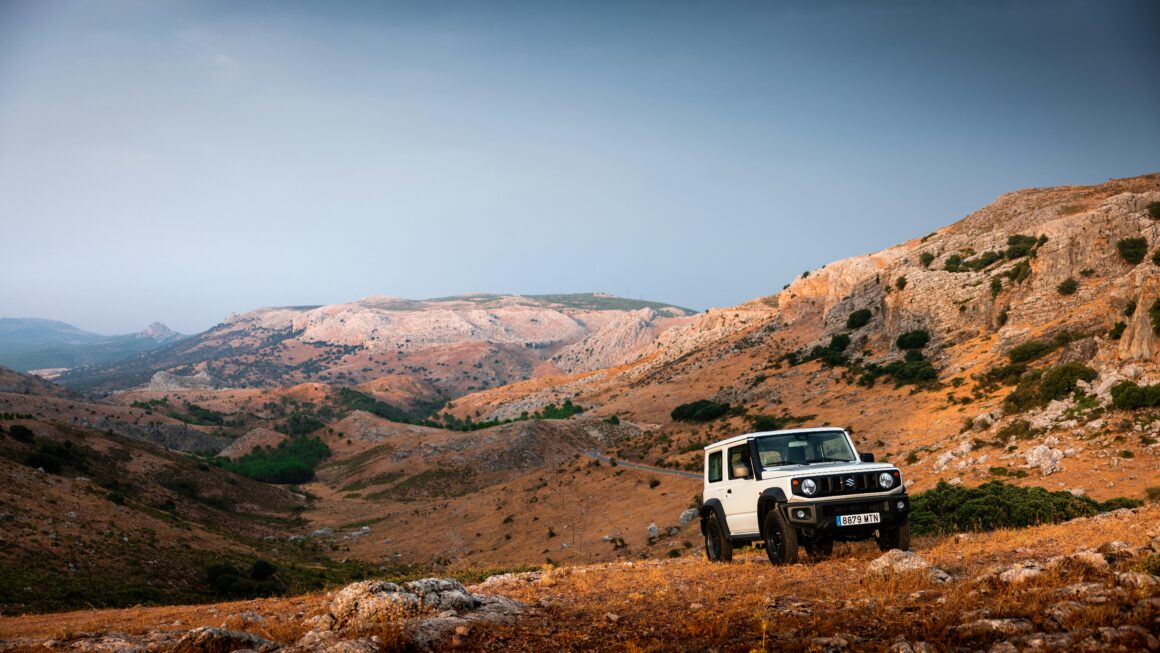Ever point your hood toward a mountain pass and feel your ride get a little… wheezy? Elevation can turn a strong car into a polite one. Power dips. Temperatures drift. Sensors hustle to keep up. The good news: with a few smarts, your trip stays smooth, safe, and even fun. Let’s break it down, one system at a time.
High Altitude Car Performance and Engine Power Loss
Thin air means less oxygen per gulp. Less oxygen forces the engine to cut fuel, so power falls—often by about 3% per 1,000 feet for non-turbo engines. You press the pedal, the car answers, but not with its usual snap. Shorter passing zones feel shorter. Plan merges earlier, pick gears that keep revs in the meat of the torque, and keep throttle inputs steady. A well-maintained air filter and a clean MAF/MAP sensor help the ECU measure air more accurately.
Air Density at Elevation and Fuel Economy in Thin Air
Air resistance drops at elevation, which can help mileage on flat stretches. But climbs, frequent downshifts, and richer mixtures under load can erase those gains. Expect trip MPG to bob up and down like a dashboard fishing bobber. Use cruise sparingly on steep grades; it can hunt. Pick a speed your engine holds without constant gear changes. On descents, engine braking trims brake heat and saves fuel you’d waste re-accelerating.
Turbocharged vs. Naturally Aspirated Cars at High Altitude
Here’s where boost earns its keep. A turbo compresses scant air, so modern boosted engines retain more sea-level pep up high. They still lose some output, but far less than a non-turbo. Think of a turbo as a portable lung. Naturally aspirated setups feel the altitude first and most. If you’re choosing a mountain trip car from your garage, the boosted one is the low-drama pick. “Did my car just get shy?” a friend asked as we climbed to 10,000 feet. “No,” I said, “it’s just sharing oxygen with the scenery.”
Cooling System, Overheating Risks, and Boiling Point at Altitude
Coolant boils at a lower temperature as pressure drops. That shrinks your margin on long climbs. Radiators, fans, and caps do heavy lifting, so keep them in top shape. Watch the temp gauge on long grades and give the car a cool-down at scenic pullouts. Heat can also stress glass. If a stray rock or thermal shock leaves a crack while you’re up there, get safe, then call a pro like a professional windshield replacement company before that spider web spreads.
Tire Pressure, Brakes, and Transmission Behavior at High Elevation
Tire pressure swings with temperature and altitude. Check it cold at your overnight stop, not mid-day on hot pavement. Under-inflation raises heat and wear; over-inflation hurts grip. Brakes work harder on descents, and thin air cools them less efficiently at low speeds. Downshift early, use engine braking, and give the system breaks to shed heat. Automatics may hunt on grades; a manual mode or “L” range keeps ratios stable. CVTs often provide a brake-saving low range—use it.
Fuel Octane, Air–Fuel Ratio, and ECU Adjustments for High Altitude
Most modern ECUs trim fuel and spark advance based on sensor data. At elevation, they aim to prevent knock despite thinner air and heavy loads. Some regions sell lower-octane fuel at altitude; many engines tolerate it there thanks to reduced cylinder pressures. Still, if you hear pinging under load, step up in octane. Performance tunes can help, but only if they account for barometric pressure and intake temps. A healthy O2 sensor, fresh plugs, and clean injectors keep mixtures precise so the ECU doesn’t fight bad data.
Conclusion: Essential High-Altitude Driving Tips to Protect Your Car
- Check coolant level, cap condition, and radiator fins before the climb.
- Verify cold tire pressures at your morning start.
- Favor engine braking on long descents to control heat.
- Keep speeds steady and leave extra room for passes.
- Use manual or low ranges to prevent gear hunting.
- Stop for five minutes after hard pulls to cool components.
Got a mountain route in mind? Pack water, check pressures, and give your car a quick once-over. A little prep turns a thin-air climb into a breezy tour with better views than any city commute. And yes, your engine will thank you at the next overlook.

FAQs
How much power does a non-turbo engine lose as elevation rises?
A common rule: around 3% per 1,000 feet. By 8,000 feet, that can feel dramatic, especially with passengers and gear.
Do turbo cars ignore altitude?
No. They just manage it better. A turbo squeezes more oxygen into the cylinders, so the loss is smaller than with a non-turbo, but not zero.
Why can my temperature gauge climb even on a cool day up high?
Lower atmospheric pressure reduces the coolant’s boiling point, and long grades raise the heat load. A strong cap, a clean radiator, and working fans are critical.
Should I change the octane for mountain trips?
If your engine knocks under load on local fuel, move up one grade. If it runs quietly and smoothly, you’re fine. Let the knock sensors and your ears guide you.
What’s the best way to protect brakes on steep descents?
Downshift early and keep a moderate, steady speed. Tap the brakes briefly to trim speed instead of riding them. Pull over to cool if you smell fade or see smoke.

